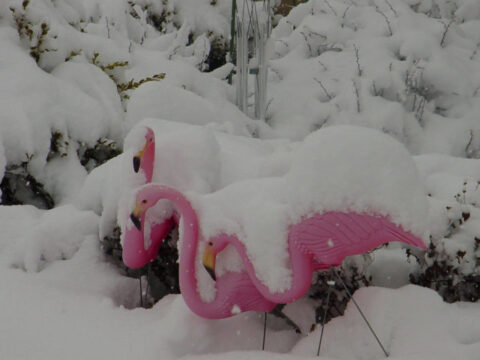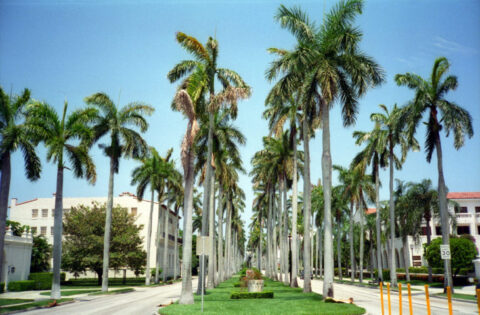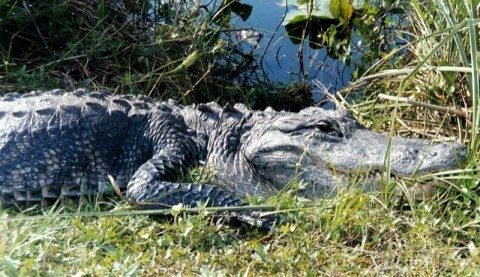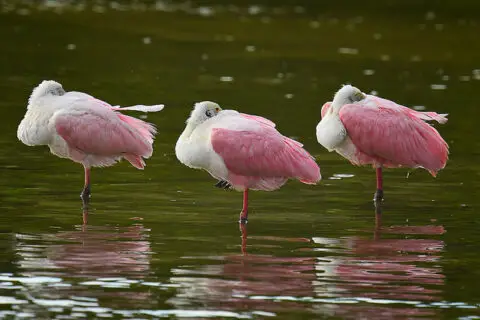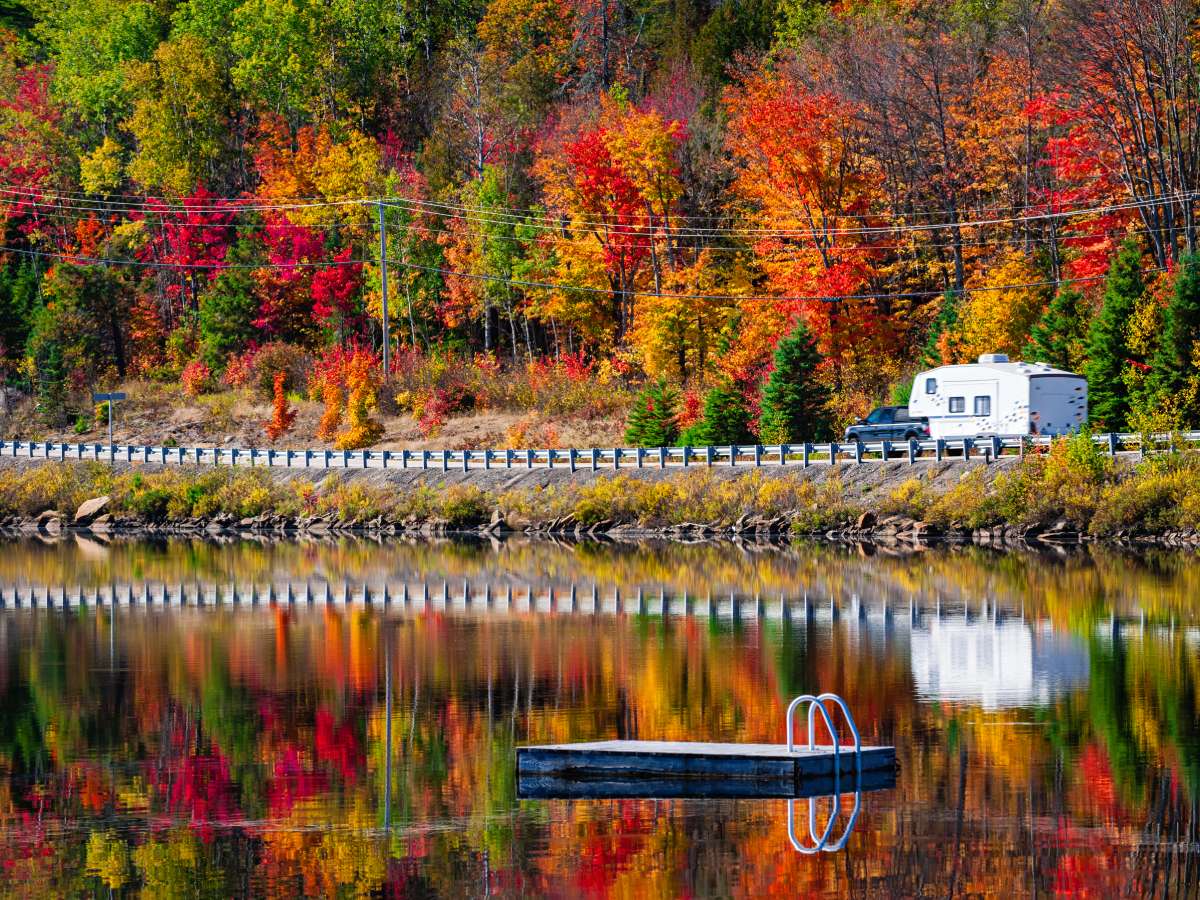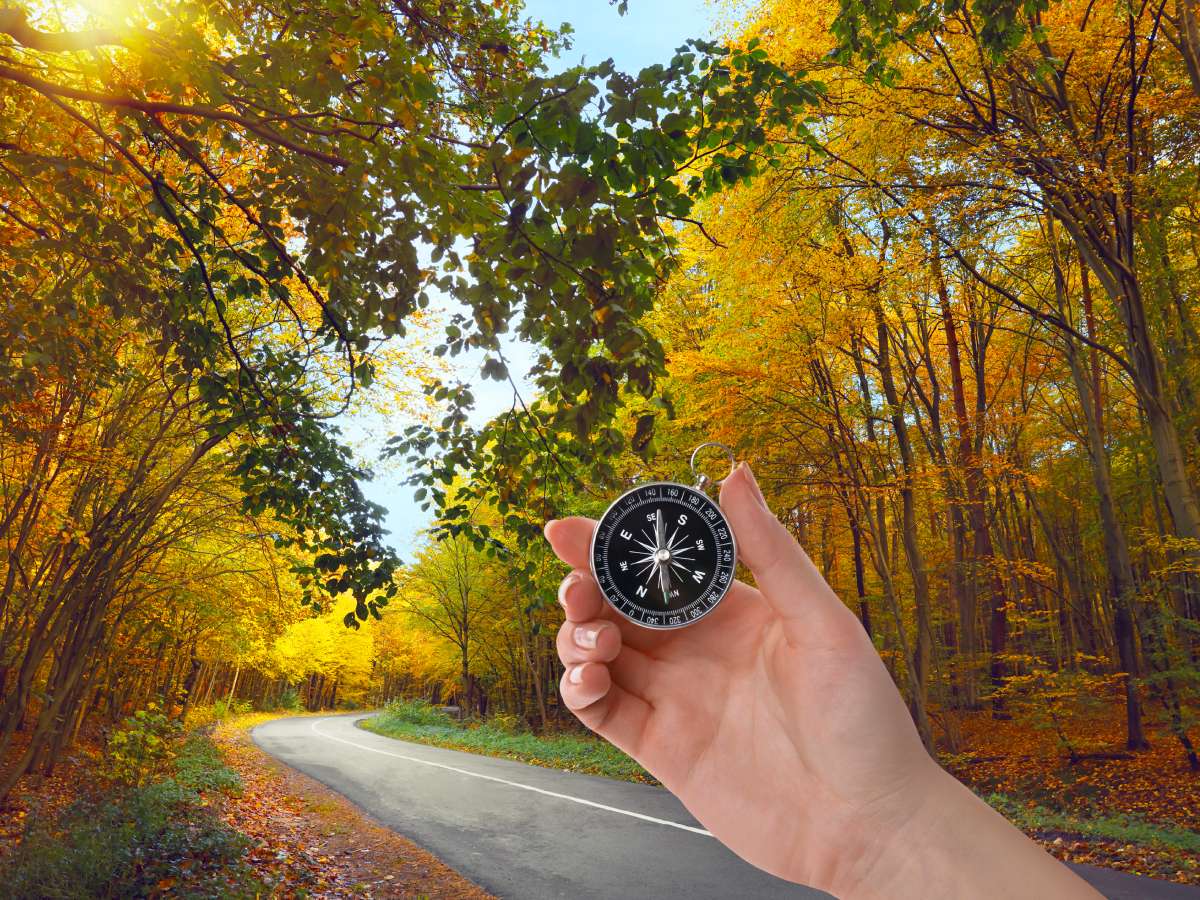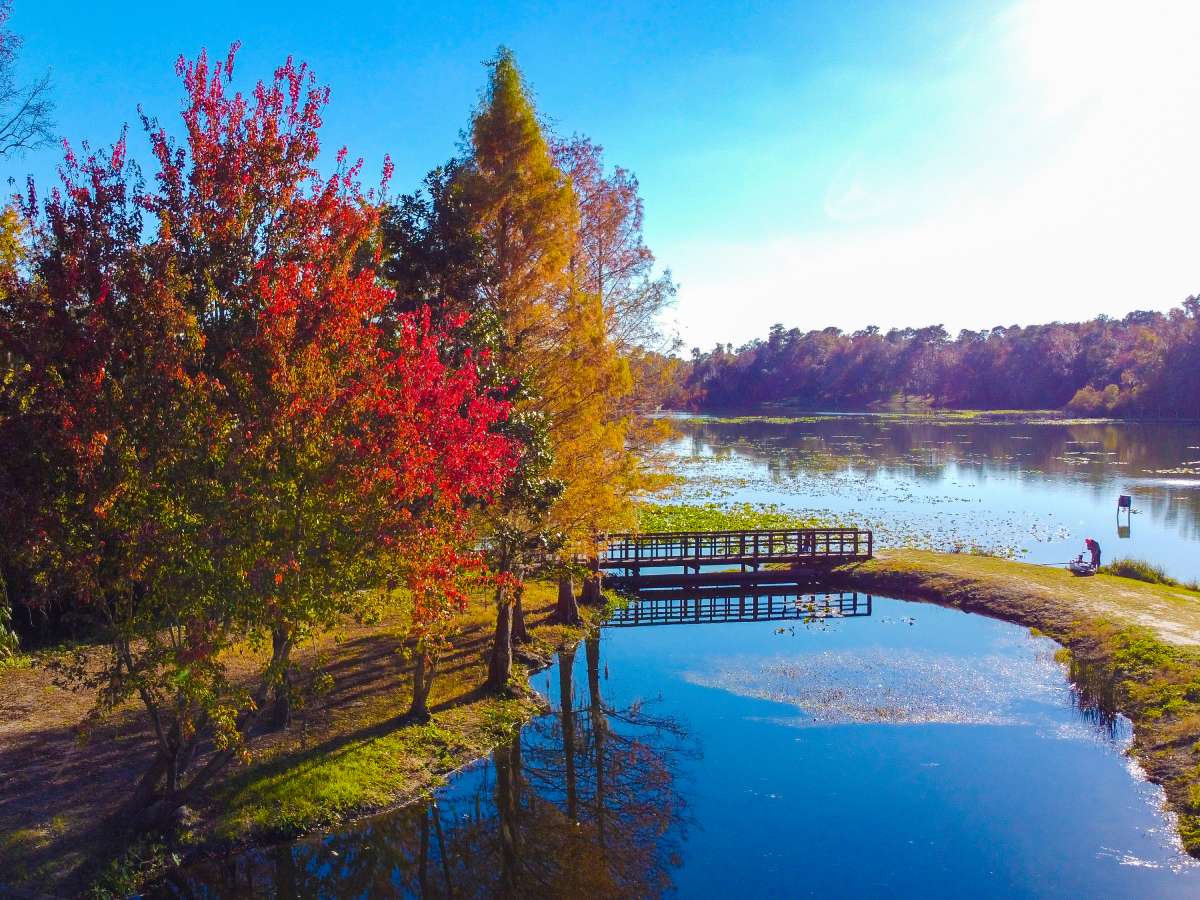Myths about Florida are many. As a Florida native, I’ve seen my fair state mis-portrayed in a lot of ways.
Many of these Florida myths are harmless. Sometimes they’re the root of good-natured jokes.
Still, there are several longstanding myths about Florida that often persist in social media, movies, and TV shows.
Here are 5 myths that, if you’re not from Florida or don’t live there, you’ve probably heard or believed all your life.
Florida Myth #1: It’s always summer there.
Um, no it’s not! This seems to be one of the most widely believed myths about Florida.
Usually, the whole “endless summer” thing is mainly a branding effort to help sell the state as a destination to northerners who are trying to escape the cold there.
To some people in Florida, winter is a nasty “w” word that dare not be spoken in the Sunshine State.
But, c’mon — winter in Florida can get pretty chilly. (10s, 20s and low 30s for morning temperatures are not uncommon — especially from the Tampa Bay Area and north). But I guarantee you won’t read about that in the tourist brochures!
There are 4 seasons in Florida, and it even snows – probably more often than you think. For example, flurries fell in North Florida twice in winter 2016.
We haven’t broken out proverbial snow shovels in my part of the state (the Central Florida area since 1977 — when we collected as much as 2 inches of snow throughout the region, but did see light flurries in 1989, 1996, and 2010).
Even Miami shivered when snow fell there in 1977.
Here’s some warmer news if you’re fleeing the frigid North with a trip to Florida during the winter:
- Visiting during a particularly cold weekend? Well, hang in there… it will almost always hit 75 degrees within 2 days.
- Arriving in November or December? The pumpkins may already be gone for the season, but the autumn color is just coming in.
- In the late fall and early winter there are many red, yellow, and purple hues to feast your eyes on in Florida — especially throughout the central and northern portions of the state.
- In Florida, spring is marked with pretty much just one color: yellow. Pollen, that is. So don’t forget to pack your antihistamines. Gesundheit!
Florida Myth #2: The Sunshine State is tropical.
Don’t let the plethora of palms fool you – Florida isn’t tropical. At least, not in the technical sense.
Florida myths like this make people like me — climatological and meteorological purists — shudder!
Yes, Florida does have many natural tropical features, including lush foliage, hot year-round temperatures, and beach landscapes reminiscent of the Bahamas.
But none of the state is technically tropical – rather, it’s subtropical.
So, what exactly are “the tropics”?
It’s the area between the Tropic of Cancer in the Northern Hemisphere and the Tropic of Capricorn to the south.
The Tropic of Cancer is located at latitude 23.4372 degrees North — which is a point between Key West and Cuba.
So, no matter where you are in Florida, you’re never in the tropics.
Florida Myth #3: Palms are trees.
Popular Florida myths like this one are in no small part perpetuated by popular media. In fact, the official Florida state “tree” is the Sabal palm.
However, when the Sunshine State adopted the species as the state tree in 1953, Florida government officials were probably less concerned about horticultural correctness than they were upholding a popular image of the state as a tropical getaway (see Myth #2) for frigid northerners.
Florida probably should have classified the Sabal palm as the official state grass, because that’s exactly what it is – grass. Palms aren’t trees at all.
Here are some of the key differences between palms and trees:
- Trees have bark, while palms don’t.
- Trees have deep roots, while palms have shallow root development.
- Prune the top of a tree and it will regrow, but cut the top of a palm and you’ll ensure a sad death for the happy-looking plant.
So, what would a Florida state tree look like if the legislature chose something more, shall I say, arboristically correct?
Here are a few native Florida trees:
- Red maple
- Bald cypress
- Wax myrtle
However, choosing any of these rather usual-looking native trees, which change color in the fall (even in the Sunshine State), probably wouldn’t evoke that exotic, sun-splashed tropical vibe Florida is famous for, would they?
Florida Myth #4: Disney World is the happiest place on Earth.
It’s time to tackle one of the most longstanding myths about Florida — this one isn’t about nature. Rather, it’s about the “Happiest Place on Earth” – Disney.
I love Disney as much as the next Mickey Mouse fan, but Walt Disney World in Florida isn’t the “Happiest Place on Earth.”
That cheery distinction goes to Disney World’s older sibling, Disneyland – located in the other land of citrus and sunshine, California.
So what “is” Walt Disney World (more properly, “Magic Kingdom”)? Its official tagline is “The Most Magical Place on Earth.” Not too shabby, if you ask me.
And here’s something else you might not know…
Despite what virtually all the tourist brochures (and, really, just about everyone) will tell you, Disney World isn’t located in Orlando. It’s in a small town 20 miles south called Kissimmee – that’s ki-SIMM-ee, not KISS-i-mee.
Florida Myth #5: The only wildlife there are gators, snakes & mosquitoes.
OK, I’ll confess… we do have a lot of gators, snakes, and mosquitoes. Did I mention that we have mosquitoes?
But, seriously, unless you’re putting up for the weekend in the Everglades, you’re not going to have to worry too much about encountering many alligators or snakes.
There are some pretty serious mosquitoes here during the late spring, summer, and early fall. But many states have that issue… I’ve swatted just about as many mosquitoes in the Mid-Atlantic and New England during the summer as I have in Florida.
Besides, there are many other creatures in Florida — those that generally won’t suck your blood:
Florida is a bird-watcher’s paradise in the summer. We have neat-looking birds such as osprey, roseate spoonbills, and herons.
In the winter, many northern birds migrate through Florida. Cardinals and European starlings come in huge numbers, and I hear the familiar call of the Canada goose late in the fall and early in winter each year here.
So, all in all, it’s pretty beautiful in Florida — just don’t go asking for your vacation money back if you have to swat more than a few mosquitoes or need to wear a jacket while you’re visiting here!
Sure, Floridians might need to scrape their windshields every now and then, but most won’t complain when they get to do that under palm trees… er, palm grass?


